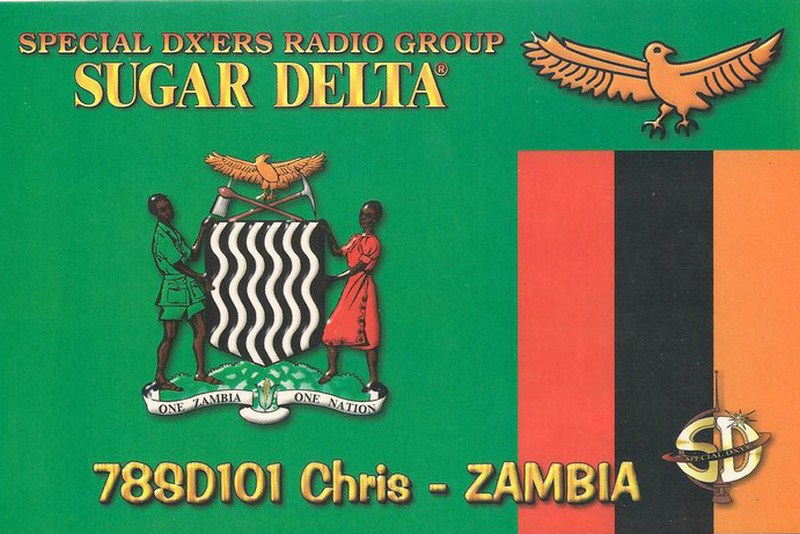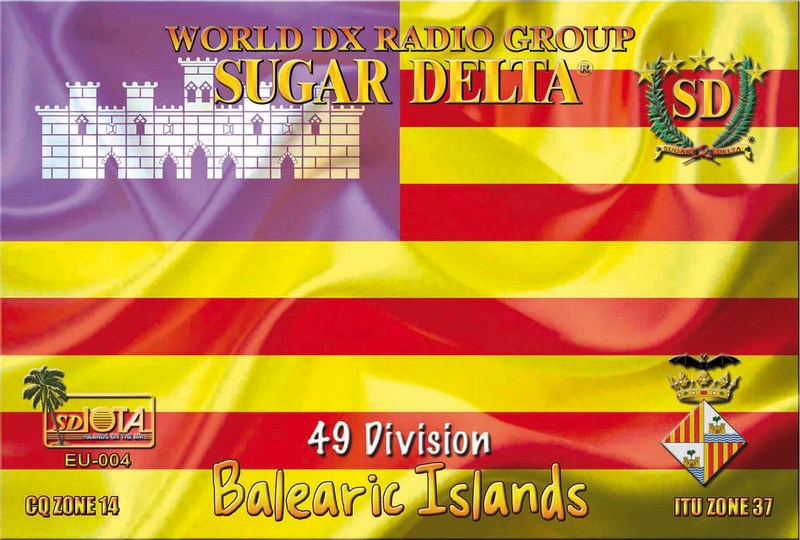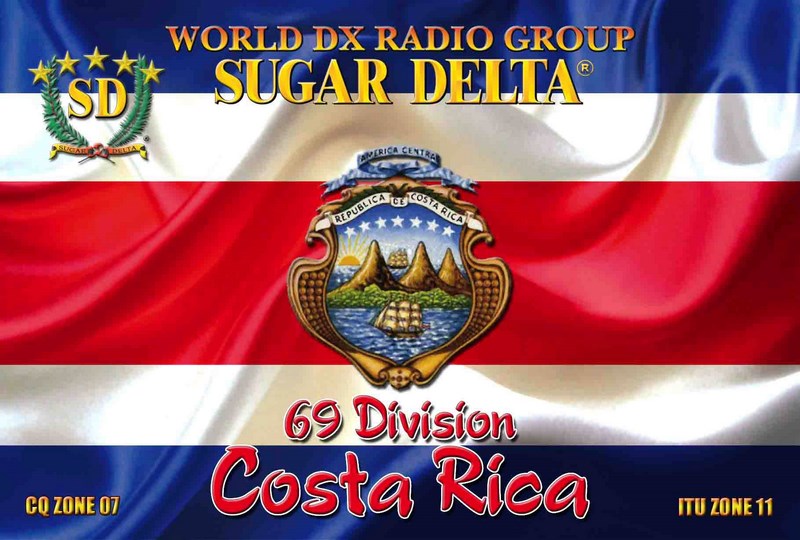
Activated by:
1SD014/MI
1SD040/MI
1SD125/MI
1SD180/MI
Award Manager 1SD004 Paride: Questo indirizzo email è protetto dagli spambots. È necessario abilitare JavaScript per vederlo.

The Unknown Soldier After the 1st World War, the nations that had participated in it wanted to honor the sacrifices and heroisms of the communities in the body of an anonymous fighter who had fallen with weapons in hand. The idea of honoring an unknown body dates back to 1920 in Italy and was advocated by General Giulio Douhet. The related bill was presented to the Italian chamber in 1921. Once the law was approved, the Ministry of War entrusted a commission that carefully explored all the places in which they had fought, from the Karst to the Altipiani, from the mouth of the Piave to the Montello; and the work was carried out in such a way that among the remains collected there could also be from the landing departments of the Navy. A body was chosen for each of the following areas: Rovereto, Dolomites, Altipiani, Grappa, Montello, Basso Piave, Cadore, Gorizia, Basso Isonzo, San Michele, taken from Castagnevizza to the sea. The eleven bodies, only one of which would have been buried in Rome at the Vittoriano, were initially hospitalized in Gorizia, from where they were then transported to the Basilica of Aquileia on 28 October 1921. Here we proceeded to choose the body destined for represent the sacrifice of six hundred thousand Italians. The passage of the remains of the unknown soldier - 1921 The choice was made by a commoner, Maria Bergamas of Gradisca d'Isonzo, whose son Antonio had joined the Italian ranks under a false name being an Austro-Hungarian subject, who died in combat in 1916. The officer's body was recovered at the end of the fight and buried. The S.Ten. Antonio Bergamas was officially declared missing when a violent artillery fire shocked the area where he had been buried and, consequently, since the burial could no longer be recognized, the Officer was legally declared missing. The chosen coffin was placed on the carriage of a cannon and, accompanied by veterans decorated with valor and wounded several times, was placed in a specially designed railway wagon. The other ten bodies left in Aquileia were buried in the war cemetery surrounding the Roman temple. The journey took place on the Aquileia-Venice-Bologna-Florence-Rome line at very moderate speed so that at each station the population was able to honor the fallen symbol.

























































